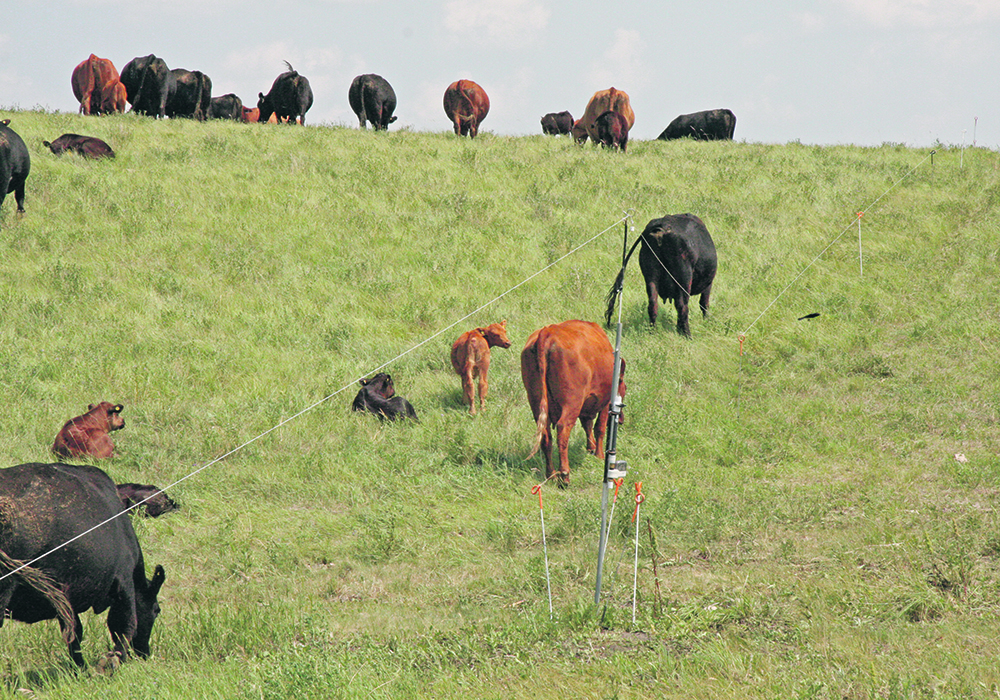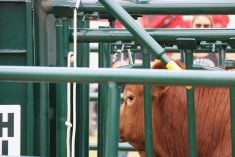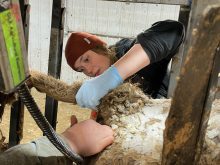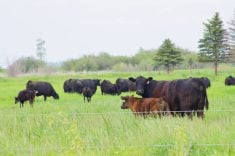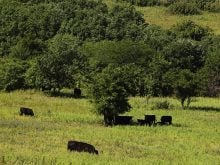I’ve talked to two different veterinarians this year who had each dealt with unusual cases of diarrhea and death in cattle.
In one case, the affected cows and calves were on pasture in the fall and the other case involved Holstein-cross calves shortly after arrival in the feedlot. In both situations, affected animals initially presented with bloody diarrhea and then showed systemic signs of infection with weakness and fever. Several animals died after a short period of illness.
In both situations, the diagnosis was made by sending samples to the diagnostic lab. The referring veterinarians both suspected some of the usual causes of diarrhea, such as salmonella, bovine viral diarrhea virus and coccidiosis.
Read Also
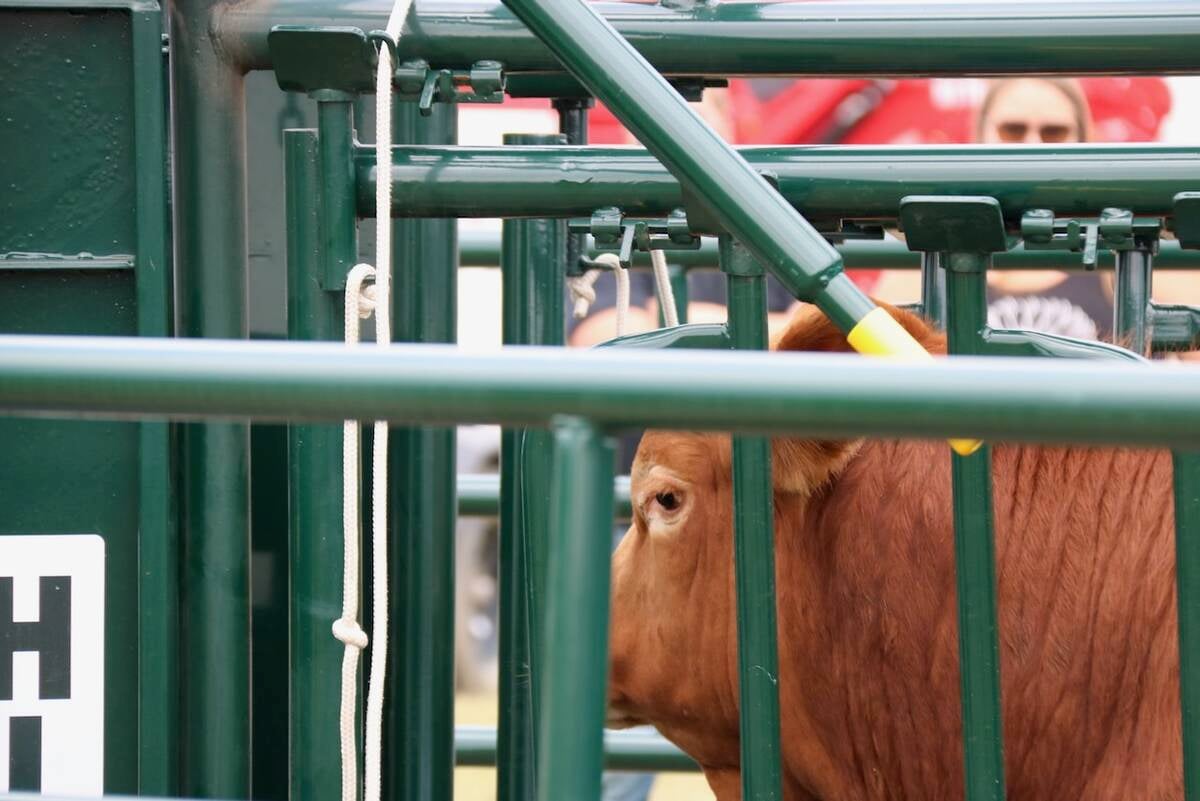
Good handling equipment a must on cattle operations
It’s important for the safety of producers and everyone else dealing with their stock that handling equipment is functional and safe.
Many of the affected animals had clinical signs indicative of systemic septicemia, so salmonella was ruled out. At the diagnostic lab, pathologists could see severe enteritis in the intestines of the affected animals, along with evidence of bacteria within the lesions.
However, when the samples were cultured, they were able to identify the bacteria Yersinia pseudotuberculosis as the cause of the problem.
Yersinia is a bacteria family that includes several different species. The most famous is probably Yersinia pestis, which is the cause of bubonic plague, also known as Black Death.
Yersinia pseudotuberculosis is in the same family and can also be zoonotic, but the consequence of infection in people is usually just gastroenteritis with fever and abdominal pain. The most common source of human infection seems to be contaminated food products and in particular plants and root vegetables.
Yersinia pseudotuberculosis is present in soil and has numerous animal reservoirs including birds, rodents, rabbits, deer, dogs, cats and cattle. It tends to occur in more northern climates and in humans, most cases occur during the winter. Human cases seem to be rare but are probably underdiagnosed by health care professionals.
In one case reported in Saskatchewan, a few animal care workers had also been sick with diarrhea, although it wasn’t confirmed that this was caused by Yersinia pseudotuberculosis that affected the cattle.
Infections in cattle have been reported in South Dakota and Australia. Three different outbreaks in South Dakota were described in 2019 in a cow-calf herd, in Holstein feedlot calves and in eight-month Holstein heifers in an open lot.
In these cases, the described presentation was similar to that of the Saskatchewan herds. Cases of diarrhea, weight loss and systemic disease symptoms were evident in affected animals and a significant number died.
In many cases, veterinarians report evidence of other infections such as pneumonia. In the Saskatchewan feedlot, calves were also infected with giardia and coccidia, which are other common causes of enteritis in cattle.
Veterinary experts in South Dakota have suggested that some sort of stressor that impacts the immune system may allow Yersinia pseudotuberculosis and other pathogens to gain a foothold and start an infectious process.
In South Dakota, the cases seemed to be associated with cooler temperatures and wet conditions (in one case a flooded pasture, in the other cases fairly wet conditions in a bedding pack). In Australia, cases seem to occur during winter and early spring during periods of heavy rainfall. These types of conditions might favour the ability of this bacteria to multiply.
There isn’t a lot of scientific evidence about treatment of this bacterial infection. However, reports from South Dakota show that if clinically affected animals are treated early, they respond to antimicrobial therapy.
These case reports show there is one more potential bacterial cause of diarrhea that can affect many ages of cattle, although at this point it seems to be rare. Cool, wet conditions and stressful situations that impact the animal’s immune system make it more likely to occur.
It also demonstrates the importance of using the diagnostic lab to make an accurate diagnosis. Diseases such as salmonella, BVD and coccidiosis might be similar in presentation, but would be managed and controlled in a different fashion.
John Campbell is a professor in the department of Large Animal Clinical Sciences at the University of Saskatchewan’s Western College of Veterinary Medicine.

